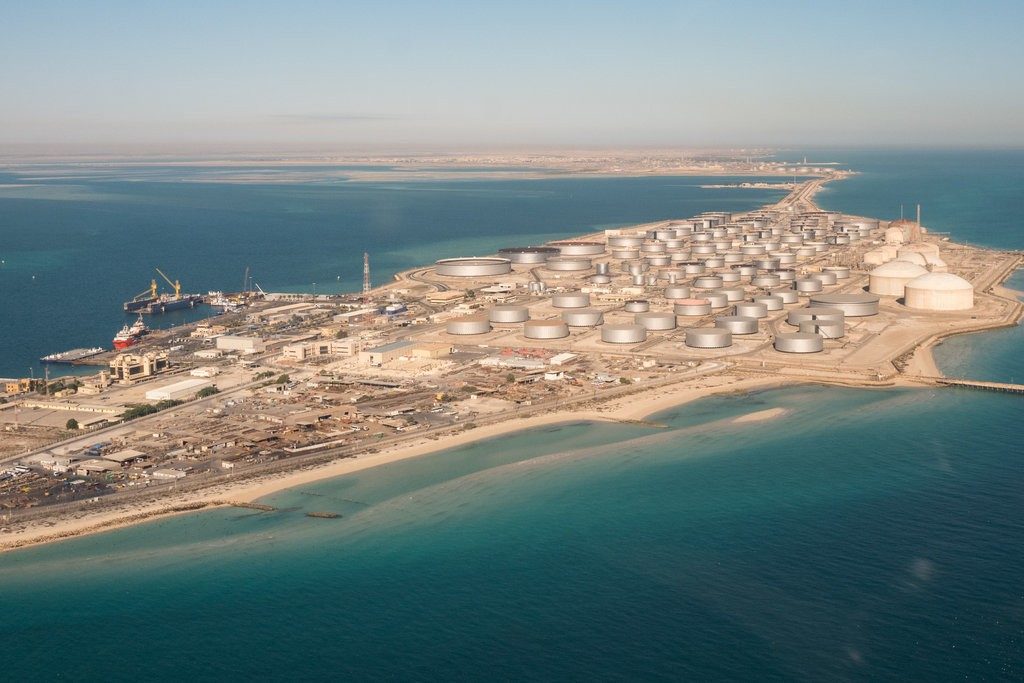
When major oil producers last met in Vienna, they said they would curb rising prices by ramping up production. Why, then, are oil prices still going up?
Officials from the Organization of the Petroleum Exporting Countries, and other major oil producers like Russia pledged last month to increase total output by around 1 percent of the global oil supply. President Trump has pressed the issue further, repeatedly calling for lower oil prices.
Yet prices have remained stubbornly high. The price of Brent crude, the international benchmark, has risen more than 20 percent so far this year, to around $78 a barrel.
Here are some of the factors pushing prices higher.
Risky Producers
Saudi Arabia is under pressure to quickly increase its production of oil, but those increases may not be enough to offset declines in three countries grappling with crises: Iran, Libya and Venezuela.
The Trump administration has softened demands that countries like China and India end all imports of oil from Iran. But Mr. Trump has nevertheless sought to line up support against Tehran as the United States prepares to reimpose sanctions on its energy sector.
At present, Iran exports around two million barrels of oil a day, equivalent to about 2 percent of global supply. But the United States wants to drastically curb Tehran’s ability to sell its natural resources, eating into any additional supply from Saudi Arabia, Russia or elsewhere.
“The administration is posturing, to a certain extent, with this hard-line position,” said Andrew Keller, a former state department sanctions expert who is now a partner at the law firm Hogan Lovells.
Still, analysts have been increasing their estimates of how far Iranian crude exports are likely to fall, from a few hundred thousand barrels a day to around a million. A loss in the upper end of that range would wipe out much of the added supply that oil producers had promised in Vienna.
That looming outage is far from the only potential disruption weighing on the oil markets.
Venezuela, once a major producer, has nearly halved output, to less than 1.4 million barrels a day, as its economy has cratered and international sanctions have been imposed on the country. Further declines seem almost certain.
Fighting among various armed factions in Libya, meanwhile, has meant that the North African country will not be able to supply around 850,000 barrels a day, most of its output.
“It is almost turning into a geopolitical perfect storm for the oil markets,” said Helima Croft, an analyst at RBC Capital Markets, an investment bank. It will be tough for Saudi Arabia, she added, “to bridge the gap caused by Venezuela, Iran and now Libya.”
Supply and Demand
Oil is not in short supply — for now.
Long-running production cuts by OPEC and Russia have drained once-brimming storage tanks to more normal levels. That means that any threats to output have a bigger effect on oil prices.
With the world economy growing and demand for energy on the rise, “prices can skyrocket well past $100 a barrel,” unless supplies are quickly found to meet any potential outages, analysts at the oil and gas consultancy FGE wrote in a note to clients.
Saudi Arabia is already preparing to replace the falling supplies from Iran and elsewhere — Saudi exports increased substantially in June, while storage levels also rose, according to analysts at Kayrros, a Paris-based firm that monitors oil industry activity using satellite data. Russia is increasing its own exports.
But there is skepticism as to how much either country can do, and for how long. Riyadh claims to have two million barrels a day of spare production capacity, but analysts say the kingdom can realistically add only about one million barrels to its daily output without additional drilling.
Most forecasters agree that a substantial global buffer now exists, but that it could be stretched in the future. Wood Mackenzie, an energy consultancy, estimates global spare capacity to be 2.5 million barrels a day of additional production, most of it in OPEC.
Threats to production in Iran, Libya and Venezuela eat into that potential, and Nigeria’s supplies are also vulnerable to strikes by workers and other issues. The oil market’s increased dependency on crude exports from the United States poses its own risks, because Gulf Coast ports can be shut down by hurricanes in the summer and the fall.
Politicized Markets
On top of all these factors, oil markets are also becoming increasingly politicized, potentially adding to volatility.
Mr. Trump has, for example, been unusually vocal for an American president in trying to push gasoline prices down by asking King Salman of Saudi Arabia to increase production.
But analysts say Iran’s reaction to renewed United States sanctions could affect the market’s dynamics even more. If the country’s oil exports sink below one million barrels a day, the situation could “get really dangerous,” said Homayoun Falakshahi, an Iran energy analyst at Wood Mackenzie.
Iranian officials have been vocal about the dangers. In a telephone interview from Tehran, Hossein Kazempour Ardebili, a high-ranking Iranian oil official, warned that prices could rise to $100 a barrel, or even $140 a barrel, unless tensions were cooled down. “You better keep the market away from politics,” he said.
























